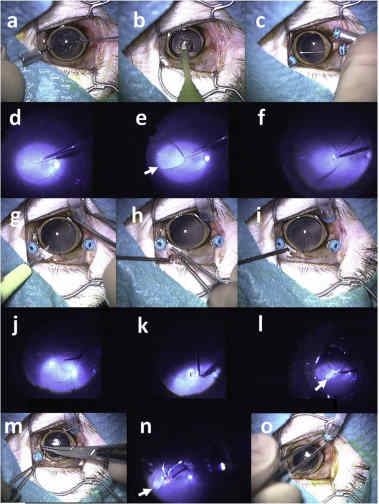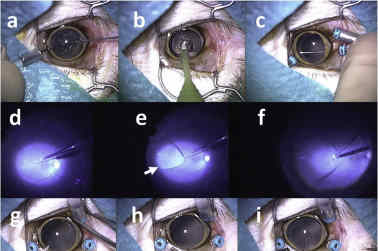Macula implant eye changes
Okayama University researchers have successfully implanted dye-based prosthetic films in monkey eyes, a step towards producing implants which could replace damaged maculas in humans.
Research leader, Associate Professor Toshihiko Matsuo, reported that his team had successfully inserted a retinal implant, known as Okayama University-type retinal prosthesis (OUReP) in the subretinal space of cynomolgus monkeys’ eyes suffering from macular degeneration. The implant is made from a material based on photoelectric dye molecules, capable of converting light into electric potentials. - The neuroretina (the part containing the retina’s neural elements) remained attached to the dye films for six months and no monkeys developed retinal toxicity or inflammatory cells.
Monkeys were used because their retinas have a macular structure similar to human retinas and because they are a necessary intermediate step required by Japan’s Pharmaceuticals and Medical Devices Agency, towards the development of implants for human eyes,
The team is hoping to start the first in-human clinical trial next years. Full details of the study can be found in Artificial Organs.

Sequence of surgical procedures for implanting Okayama University-type retinal prosthesis in a monkey eye.


























